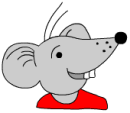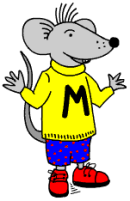 Here are a couple of free Y3 maths worksheets to challenge children’s knowledge of addition up to 20. I suggest that you take just one set of 10 questions at a time and that a stop watch or clock is used to time how long it takes to answer the questions.
Here are a couple of free Y3 maths worksheets to challenge children’s knowledge of addition up to 20. I suggest that you take just one set of 10 questions at a time and that a stop watch or clock is used to time how long it takes to answer the questions.
How long should they take? Well, if a child knows their number bonds, not very long at all – certainly less than a minute. Any longer, even if the answers are correct, they are probably counting on rather than knowing. Similar pages are easily created if more practice is needed.
Use these pages to try and show improvement over time, as they become more confident and more knowledgeable.
Free Y3 maths worksheets: Know by heart addition facts to 20 (pg 1)
Free Y3 maths worksheets: Know by heart addition facts to 20 (pg 2)
 Here are some of the hardest types of questions facing primary school children. The first page is called single step operations: in other words only one thing has to be done to reach the answer. This, however, is not strictly true as, for instance, children may have to convert from hours and minutes to minutes before completing the operation or carry the same operation out several times to reach the answer.
Here are some of the hardest types of questions facing primary school children. The first page is called single step operations: in other words only one thing has to be done to reach the answer. This, however, is not strictly true as, for instance, children may have to convert from hours and minutes to minutes before completing the operation or carry the same operation out several times to reach the answer.